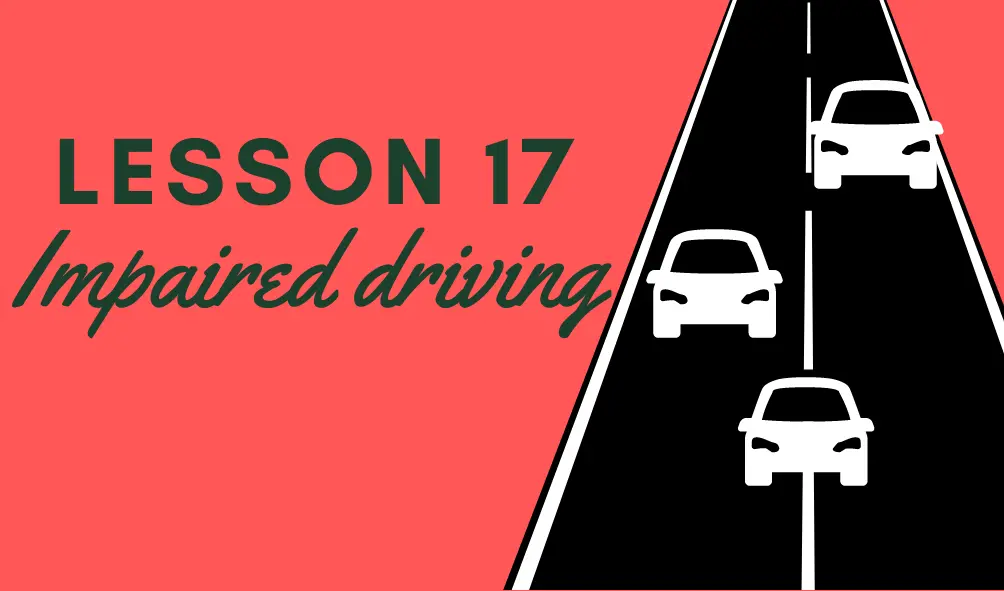In Canada, impaired driving poses a serious threat to the safety of road users. Impaired driving is defined as the act of operating a motor vehicle while under the influence. This has serious consequences, which go beyond the legal penalties. This article examines the legal framework, the consequences of impaired-driving, and preventive measures that are in place throughout Canada.
The Legislative Frame:
Canada’s laws are strict and focus both on alcohol-related impairment as well as drug-related impairment. This serves as a threshold to determine impairment. There is also a policy of zero tolerance for drivers who are under 21 years old and novices
. They must keep their BAC at zero when driving.
Canada, in recent years, has taken additional measures against drug-impaired drivers, as a result of the growing prevalence of substance abuse. To detect impaired driving, law enforcement uses a variety of tools including standard field sobriety testing and drug recognition assessments. If you refuse to take these tests, there can be immediate consequences including a suspension of your license and criminal charges.
The Consequences Of Impaired Driving
Impaired driving is a serious offense in Canada, and the consequences are harsh. The legal penalties for impaired-driving offenses can include heavy fines, suspension of licenses, participation in treatment or education programs and even imprisonment. Repeat offenders are subject to more severe penalties, highlighting the government’s determination to reduce impaired driving.
Impaired driving can have life-changing consequences that go beyond the legal. This includes injuries and deaths. It is difficult to imagine the emotional impact on the victims’ families. This underscores the importance of taking strong measures to discourage people from driving while under the influence.
Prevention Measures
Canada uses a multifaceted approach in order to combat impaired driving. This includes legal measures, community-based initiatives, as well as public awareness campaigns. Mothers Against Drunk Driving Canada (MADD Canada) and other public education campaigns aim to educate the public on the dangers associated with impaired driving.
Alternative transportation is a key measure to prevent alcohol abuse. Alternative transportation options, such as ride-sharing, public transport, or designated drivers programs, are available to those who have consumed alcohol. These services are integrated into Canadian communities to improve accessibility, and reduce impaired driving.
Canada also has invested heavily in the technology needed to improve its enforcement abilities. Roadside breathalyzers and drug-screening devices as well as increased police training to recognize impairment are all contributing factors in more effective enforcement.
Societal Attitudes:
Over the past few decades, attitudes toward impaired driving have changed in Canada. The consequences of impaired drivers are becoming more widely known, and the communities condemn this behavior. The social stigmatization of impaired driving is a key factor in preventing individuals from engaging in this behavior, and contributing to safer driving environments.
To address the root cause of impaired driving, community-driven initiatives have been developed, as well as support groups and advocacy organisations. These initiatives change societal attitudes by promoting open discussion and offering resources to individuals who are struggling with drug abuse.

Conclusion:
Canada has taken comprehensive steps to combat impaired driving, which is a major problem. Legislative frameworks, penalties, prevention measures and changing societal attitudes all contribute to creating a climate where driving while impaired is not acceptable. To build on progress and ensure the safety of everyone on Canadian roadways, it is essential that education, enforcement and community involvement continue. Canada strives for a culture of responsible driving by combining legal measures with public awareness and community engagement.
